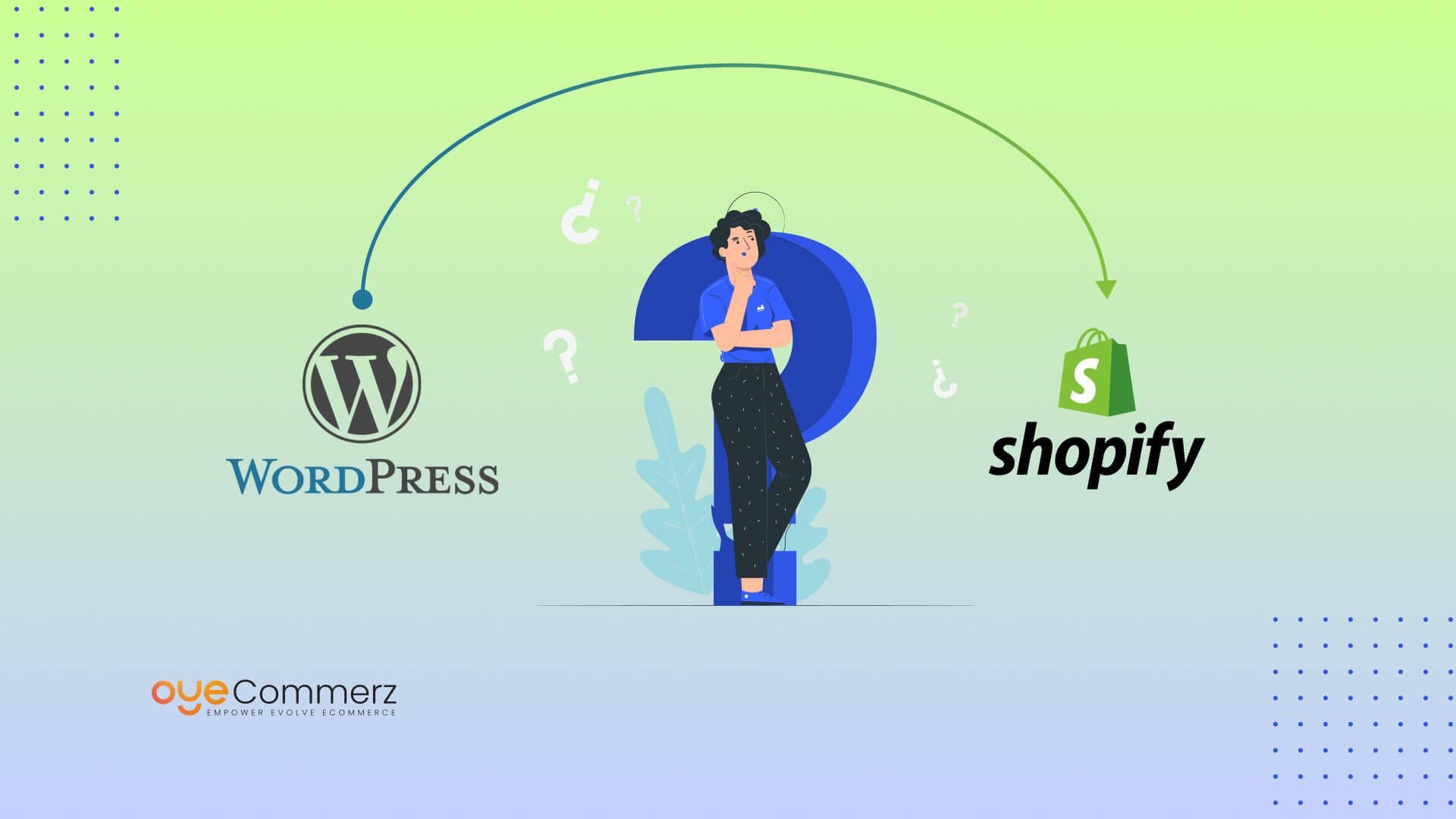Transitioning from WP to Shopify marks an exciting step in streamlining your e-commerce processes. As companies expand, selecting a solution that aligns with scalability, user experience, and customization is essential. Shopify is widely recognized as a preferred choice for online merchants, offering unmatched adaptability, security, and ease of use. In this guide, we’ll explore why this migration is a game-changer, highlight the benefits, and share practical tips to ensure a seamless move.
1. Top Reasons to Transition from WP to Shopify
The combination of WordPress and WooCommerce, has served countless e-commerce platforms. Nevertheless, as businesses expand, challenges like reliance on plugins, data risks, and complex setups can hinder growth. Shopify, specifically created for digital retail, eliminates these issues with an comprehensive, intuitive platform. Statistics back this shift—Shopify powers over 4.4 million websites worldwide, with a documented 10% boost to sales performance for many businesses post-switch.
2. Key Benefits of Shopify for E-commerce Success
Shopify’s powerful platform is tailored for expanding businesses. Its standout features are:
- Effortless Design Flexibility: Shopify provides over 80 professionally designed themes.
- Integrated Tools: Capabilities such as Shopify Payments and built-in SEO streamline operations.
- Global Reach: Multi-currency support and localization features enable businesses to reach global markets.
Additionally, Shopify delivers an availability percentage of 99.98%, guaranteeing your store remains accessible.
3. Preparing for WordPress to Shopify Migration
Before migrating, assess your existing setup. Review inventory details, client information, and search engine rankings. Resources such as Shopify’s Migration Kit or third-party solutions help ease the transition. Create a detailed strategy, ensuring all resources—item details, media files, and articles—are optimized for transfer.
4. Data Migration: A Critical Step
Transferring your data forms the foundation for a successful platform switch. When moving from WP to Shopify, focus on:
- Inventory Details: SKU, descriptions, and groupings.
- Customer Data: Emails, order history, and custom fields.
- SEO Optimization: Preserve meta tags, URLs, and redirects to maintain search rankings.
Use apps like LitExtension to facilitate seamless migration while minimizing errors.
5. Customizing Your Shopify Store
Post-migration, customizing your Shopify store helps it reflects your business identity. Utilize Shopify’s intuitive page builder to design pages effortlessly. Shopify's themes are optimized for all devices, ensuring a smooth user experience across platforms—a key point, given 74% of online shopping comes from mobile users.
6. Maintaining SEO During Migration
SEO is vital for maintaining your visibility during migration. Shopify excels in SEO with organized link formatting, preloaded features, and smooth content management. Shopify theme customization Ensure:
- Set up URL forwarding for existing links.
- Enhance updated content with keyword-rich content.
- Use Shopify's apps Plug in SEO to track analytics after the switch.
7. Essential Tests After WordPress vs. Shopify for eCommerce Migrating to Shopify
Once the migration is complete, run detailed checks.
Check: - Website speed (Shopify boasts faster speeds in contrast with WP).
- Payment integration reliability and checkout processes.
- Adaptability across devices.
Quality assurance ensures your store provides a seamless shopping experience from the start.
8. Real-Life Success Story
One such migration success story is Gymshark, a fitness apparel brand that moved to Shopify. After the switch, the company experienced a 60% boost in mobile sales and reduced site downtime. This highlights the capabilities of Shopify in driving e-commerce growth.
9. Overcoming Common Migration Issues
Migration is not without obstacles, such as information accuracy and adjusting tailored features. However, Shopify’s extensive assistance and third-party experts make overcoming these hurdles manageable. Partnering with experienced Shopify developers ensures a smooth transition.
10. Making the Switch: The First Step Toward Success
Switching from WordPress to Shopify marks a strategic decision to online retail. By addressing scalability, streamlining operations, and improving buyer satisfaction, Shopify enables companies to thrive in challenging industries.
Final Thoughts
Switching from WordPress to Shopify is a strategic move that can greatly enhance your e-commerce success. With a robust migration plan, the appropriate resources, and expert support, you can unlock new success milestones.
Excited to start the journey? Reach out today to learn how our Shopify migration services can transform your online store. Get in touch today, or ask yourself: Can your business afford to miss out on Shopify’s growth potential?
